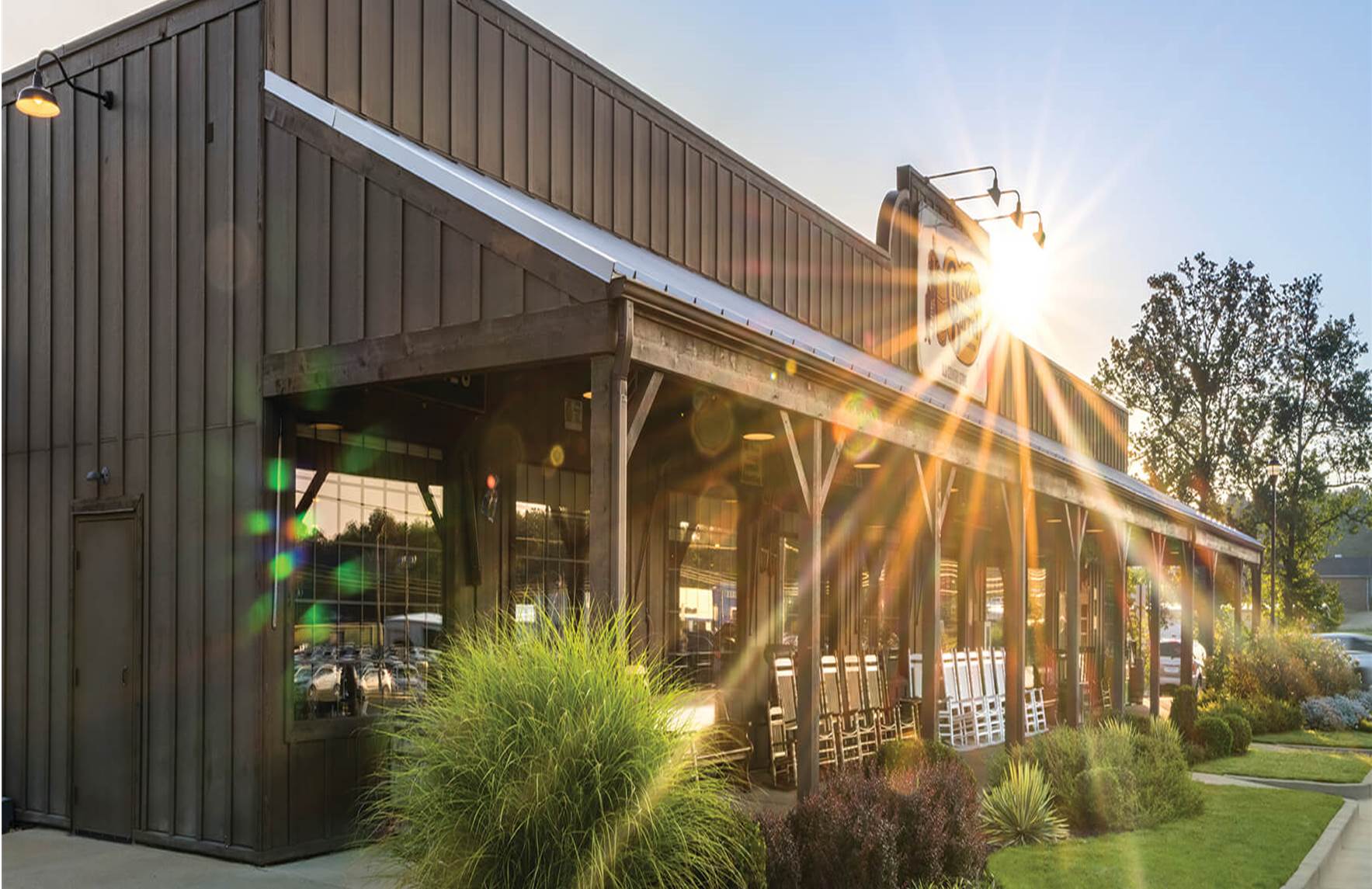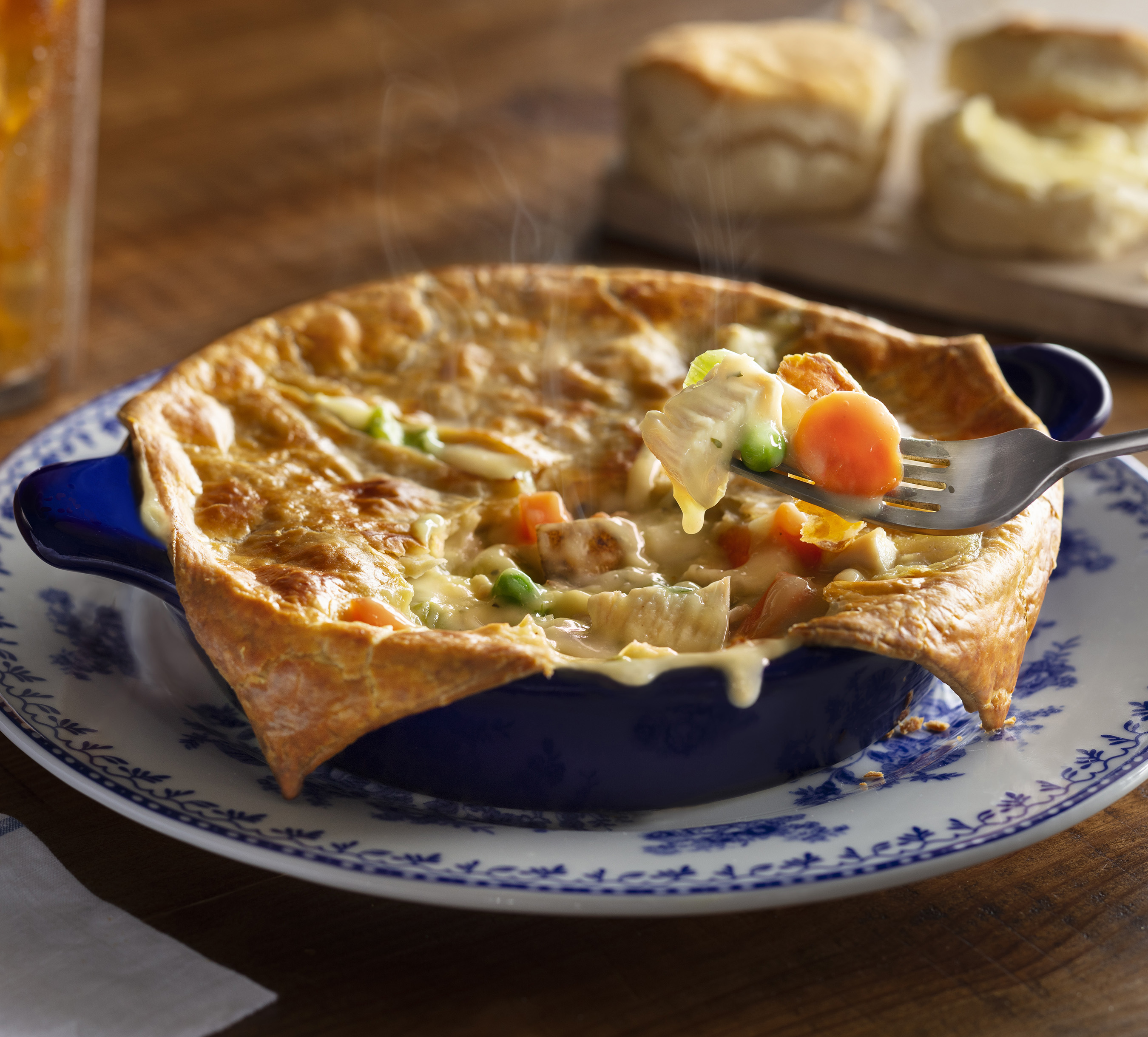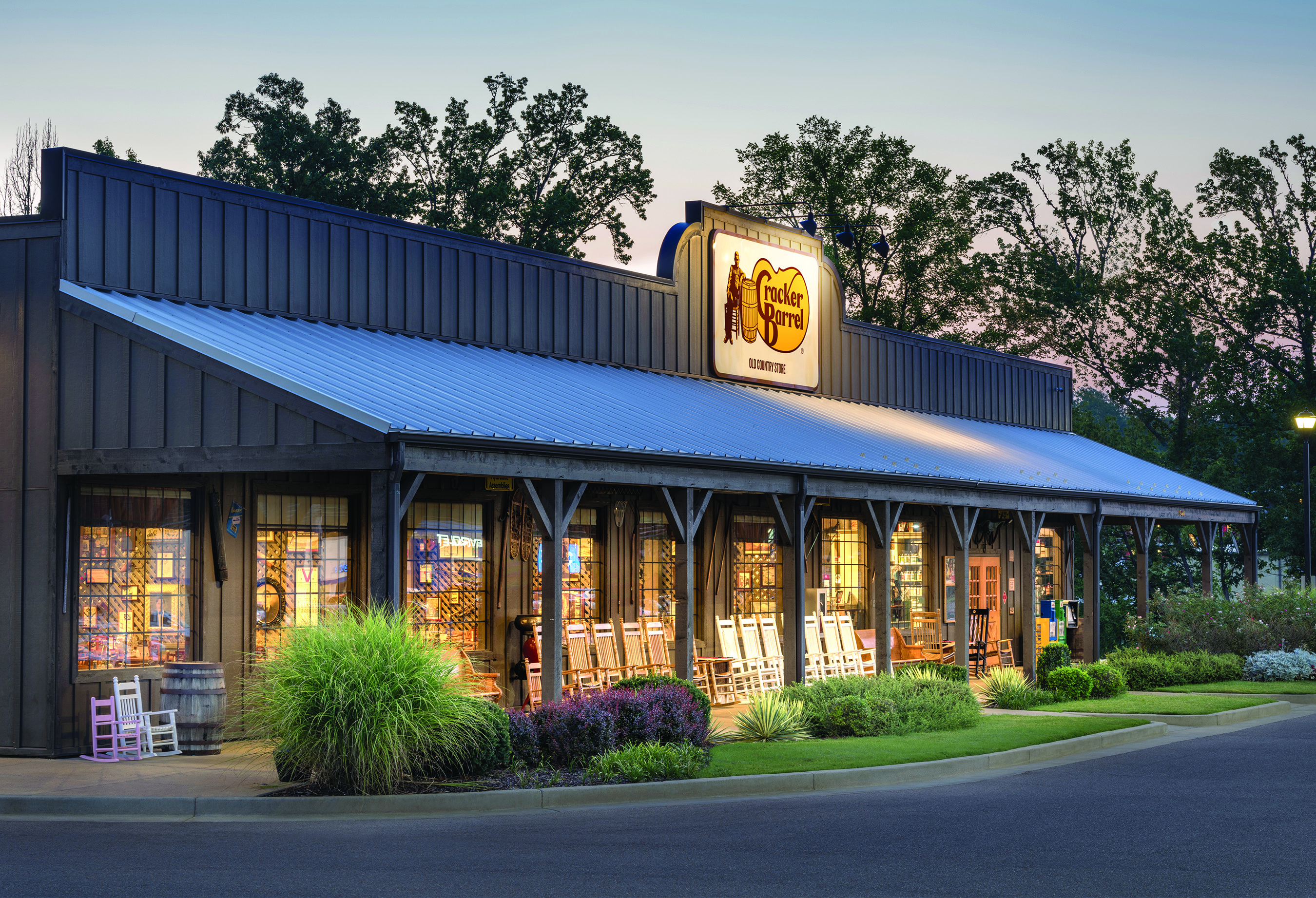Cracker Barrel Cuts CapEx, Leans Into Value and Loyalty as Traffic Softens
Cracker Barrel ends its remodel program to funnel spending into maintenance, technology, menu nostalgia, and loyalty—aiming to steady guest experience amid industry headwinds.

A Reset With Care
Cracker Barrel is rebalancing how it spends to protect its core business while traffic remains under pressure, embracing a defensive reset designed to keep the guest experience steady and soothing. President and CEO Julie Masino said the company will bring near-term capital expenditure far below the "$600 million to $700 million" three-year range it laid out at the start of fiscal 2025, a decisive shift made possible by ending its remodel program last week. That decision signals not a retreat from hospitality, but a gentler rerouting of funds to the places guests feel most immediately: upkeep, reliability, and the technology that supports in-store rhythm and the loyalty engine. In Masino’s words, "The bulk of this will be maintenance CapEx, things like paints, parking lots, lighting, retail fixtures, flooring and restrooms as well as investments in technology to support our stores and our loyalty program." It’s a practical, comforting choice—fresh paint that welcomes, lighting that softens the edges of a long day, restrooms and flooring that quietly assure standards, and systems that make each visit feel remembered. The company’s message is clear: conserve cash, protect the on-premise experience, and strengthen the loyalty ties that bring guests back when times feel a bit uncertain.

When Every Visit Matters
The pivot lands in a market where every visit is being gently contested. Restaurant traffic was down in aggregate across the first six months of 2025, making the competition for diners effectively zero-sum. Casual dining chains have been quiet, surprising winners so far this year as inflation softened QSR and fast casual’s relative value proposition—but that balance feels fragile, a mood more than a guarantee. Major QSRs like McDonald’s are cutting core menu pricing, and fast casuals like Chipotle are poised to follow with stronger value messaging. In that context, trimming remodel CapEx while funding maintenance and technology is both a budget choice and a competitive calculation: keep stores dependable, keep value propositions visible, and keep loyalty sign-ups climbing even as rivals reset prices. It is a calm, grounded response to a noisier marketplace—focused not on grand gestures, but on the reliable touches that make guests feel welcomed and seen.

From Remodels To Reliability
Ending the remodel cycle last week unlocked savings that Cracker Barrel is steering into daily reliability—the kind of details that make a dining room feel cared for. The company is redirecting funds from large-scale modernization into maintenance and operations, aiming to minimize disruptions and maintain standards guests notice: fresh paint, clean restrooms, bright lighting, level parking lots, sturdy retail fixtures, and durable flooring. The technology line is equally targeted: tools that "support our stores and our loyalty program" link the physical environment to an engagement engine that can nudge return visits and softly remind guests of value. Leadership frames the sequence with a gentle kind of discipline: stabilize operations, protect the experience, keep loyalty momentum, and allow time for traffic to normalize. There is progress, and there is caution. The brand has reported five consecutive quarters of same-restaurant sales growth and a meaningful bump in fiscal Q4, yet CFO Craig Pommells offered a tempered note—"This is a bit of an unusual situation." The juxtaposition turns the CapEx reset into a way to quietly bank gains and extend the runway, letting the fundamentals carry more of the load as demand moves in uneven waves.
Nostalgia Meets Discipline
The turnaround work reaches beyond spending lines and into the quieter craft of the kitchen. Masino said, "We are placing an even bigger emphasis in the kitchen and other areas that enhance the guest experience," signaling the culinary program as both a response to recent consumer reaction and a differentiator. The brand is leaning into biscuits that trigger nostalgia and reviving guest favorites like Uncle Herschel’s Breakfast and chicken and rice, while adding pot roast and an improved New York strip steak—comforts that read as familiar, yet cared for. Operational investments bring a steadier hand to the line. Labor and training have reduced back-of-house turnover by "19% in two years" and improved food quality. That kind of consistency matters for heritage dishes that depend on timing, feel, and repetition as much as recipe. Together, menu nostalgia and kitchen discipline create a practical, welcoming plan: deliver the comfort items people missed, elevate a few center-of-plate offerings, and tighten execution so those items arrive the same way, every time. It’s a culinary approach that favors calm over spectacle, reinforcing the sense that guests can exhale when they sit down.
Offers That Invite Return
The pricing and promotions strategy is intentionally direct, designed to greet guests with clear, gentle value. Masino points to traffic-driving offers such as "$8.99" early dinner deals and the "$7.99" Sunrise Special, an all-day pairing of two pancakes with eggs or breakfast meat—simple combinations that read as inviting rather than aggressive. These offers are being paired with loyalty enrollment that "continues to grow and exceed expectations," a vital counterweight to a sensitive macro backdrop. The acceleration offers a bright spot: "Loyalty program sign-ups are actually ahead of our plan. We’ve signed up about 400,000 people quarter-to-date and 300,000 of those people have come in since 08/19, again, exceeding our plan," Masino said. Notably, she added the program was not meaningfully impacted by the logo trouble tied to a rebrand that drew outrage from consumers and from conservative political figures, including the president. That separation between controversy and conversion suggests that targeted offers and operational delivery can shield loyalty performance when brand discourse grows loud. In quieter terms, value and consistency are doing what they often do—inviting a return visit.
A Market That Shifts
The test will sharpen as larger players reset their pricing and promotions, pulling the whole category into a closer contest. With McDonald’s cutting core menu pricing and Chipotle poised to amplify value messaging, Cracker Barrel’s package—lower capital spending, defensive maintenance, menu nostalgia, training-led execution, sharp deals, and accelerating loyalty—will be measured against a fresh wave of discounts and bundles. The company’s measures are tuned to this moment. The "$8.99" early dinner deals and the "$7.99" Sunrise Special are built for high price sensitivity. Loyalty sign-ups of "about 400,000" quarter-to-date, with "300,000" since "08/19," expand the addressable audience for targeted promotions. The end of the remodel program last week frees cash to keep stores reliable without compromising day-to-day operations. Whether Uncle Herschel’s Breakfast, chicken and rice, pot roast, an improved New York strip steak, and biscuits that trigger nostalgia can sustain same-restaurant sales momentum as competitors intensify pricing moves is the open question that will define the next few quarters. The approach, however, feels measured: keep the welcome warm, the value visible, and the operations steady.
Markers Of Momentum
Some contours of the plan are clear, and some remain undisclosed. The company has said near-term capital expenditure will be far below the "$600 million to $700 million" three-year range shared at the start of fiscal 2025, but it has not provided a specific dollar target for the revised period. The remodel program ended last week, yet the scale and timing of the maintenance backlog—paints, parking lots, lighting, retail fixtures, flooring, restrooms—are not detailed beyond their priority status. On the demand side, the meaningful bump in fiscal Q4 same-restaurant sales and five consecutive quarters of growth demonstrate traction, but the durability of sequential traffic improvements will turn on how consumers respond as competitors reset prices. The markers to watch are tangible and quietly telling: how many guests take up the "$8.99" and "$7.99" offers; whether loyalty sign-ups continue to exceed plan; and whether the 19% reduction in back-of-house turnover keeps food quality moving in the right direction. The lesson so far is disciplined rather than dramatic—pull back on costly remodels, protect the basics, double down on kitchens and value, and let a growing loyalty base carry more of the load while the industry recalibrates. It’s a plan that favors steadiness over spectacle, the kind a guest can feel in a freshly lit dining room, a well-made biscuit, and the gentle assurance that their next visit will be just as welcoming as the last.